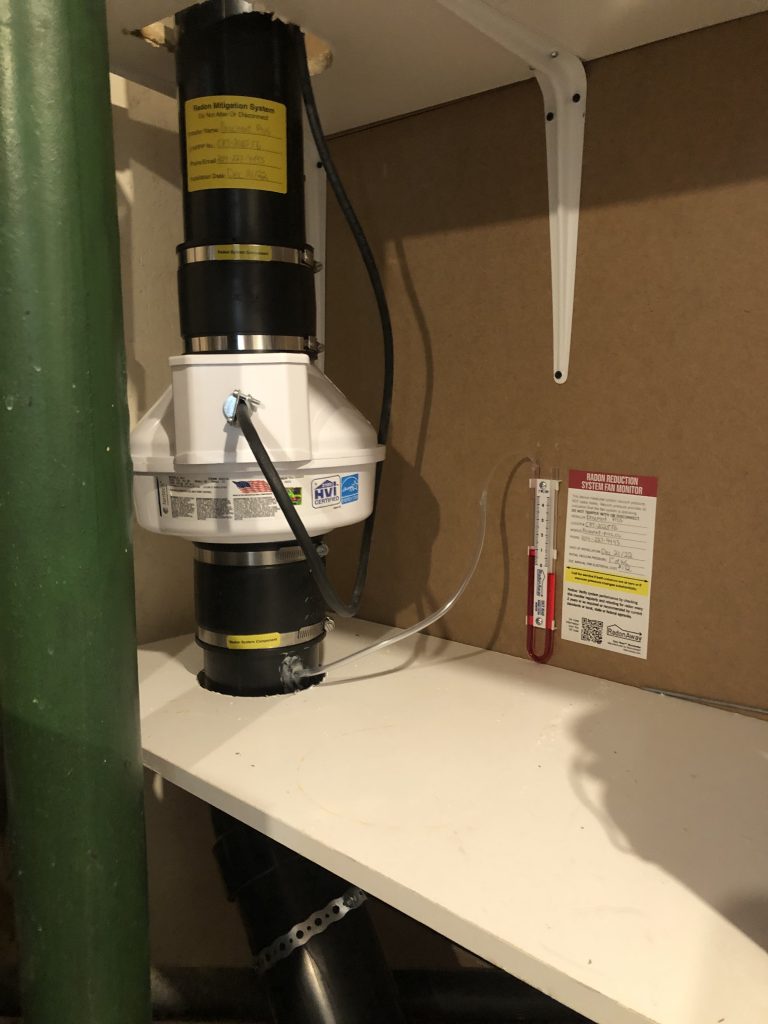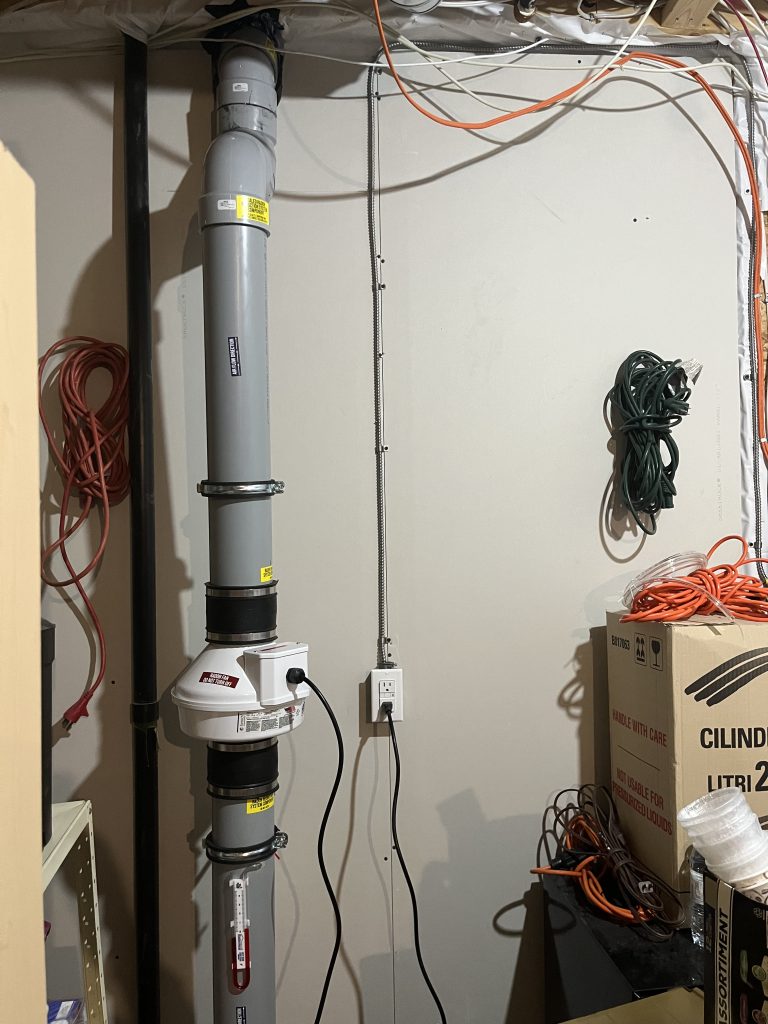Radon
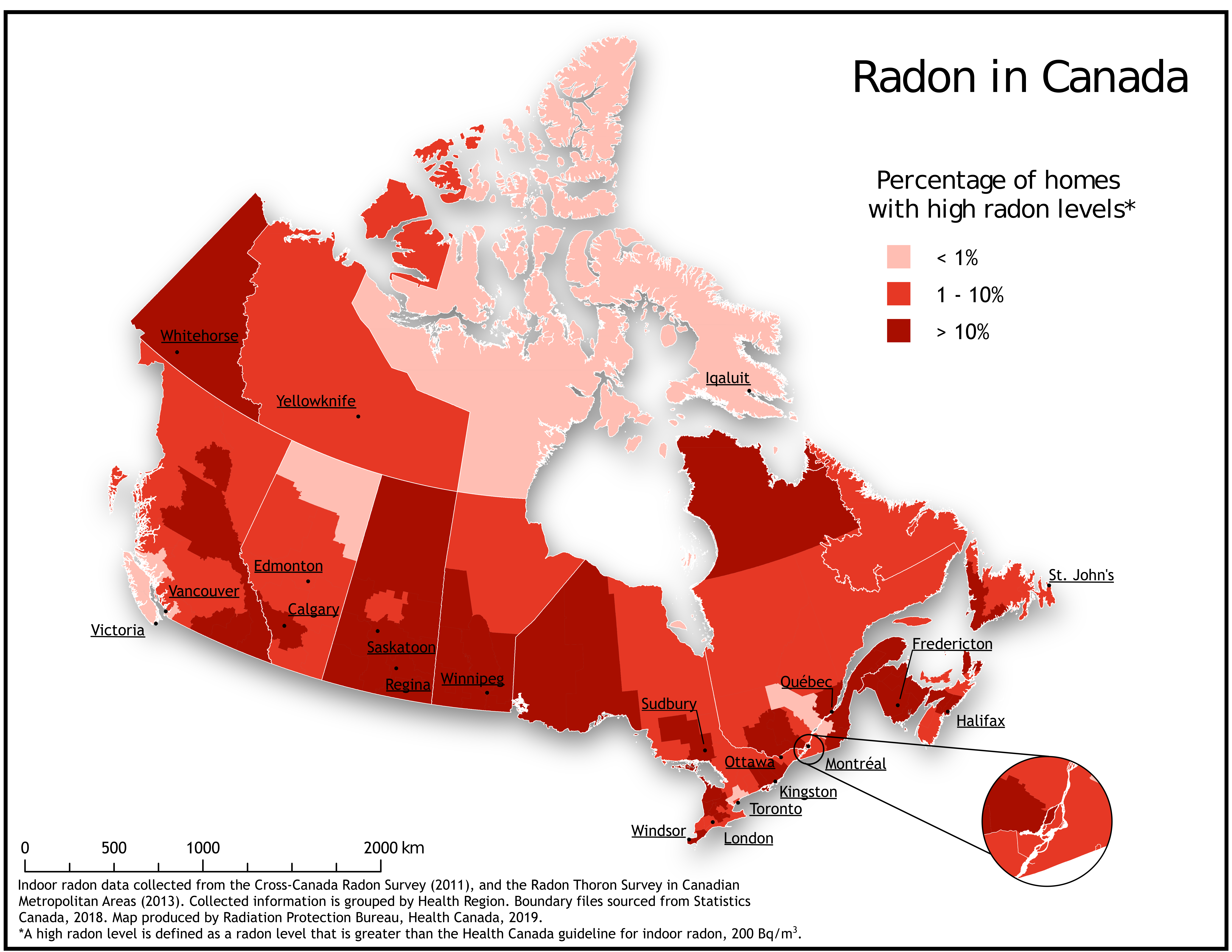
Outside Resources for Researching Radon gas:
Canadian – National Radon Proficiency Program:
Intro to radon
Radon is naturally occurring as a radioactive gas which is the result of decaying uranium in soil and rock underground. Radon gas is odourless, tasteless, and invisible. It is also a leading cause of lung cancer in Canada. Though there aren’t any known safe levels of prolonged Radon exposure, the national guideline is to reduce the levels of radon in your home to below 200 Becquerels per cubic metre and being sure to meet this standard in your home is shown to decrease the associated risk of lung cancer.
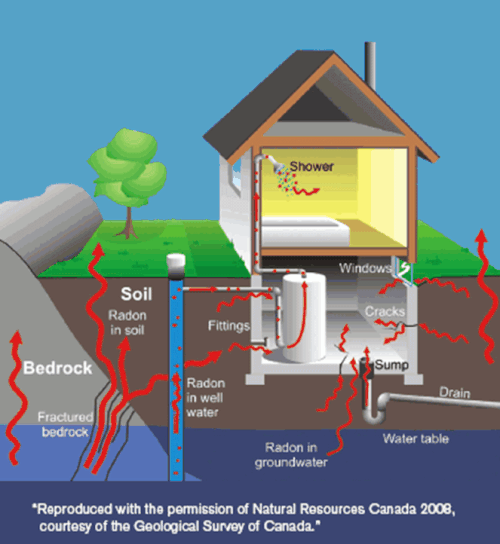
Level of risk
The level of risk posed by elevated levels of radon gas in your home is that 16% of lung cancer deaths are linked to radon and it is the leading cause of lung cancer in non-smokers and is overall the second leading cause of lung cancer behind only smoking. With that said, it is estimated that 24% of Manitobans may live in homes with radon levels higher than the national guideline of 200 Bq/m3.
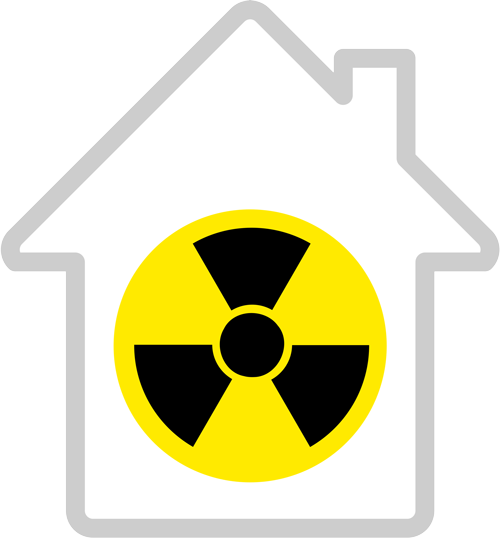
What can you do:
Measure
You can measure Radon levels in your home buy purchasing a test kit approved by the C-NRPP. This test will take 3 months, during “heating periods” for your home, typically within Oct/Nov – April/May, and if the instructions provided are followed, these tests will give you an accurate view of your actual exposure in your home to radon gas. If that amount of time doesn’t fit with your schedule we loan out short term tests that can give you results with a few days while you may be waiting on the longer term test and will give you digital readings so you can directly see your current radon levels.
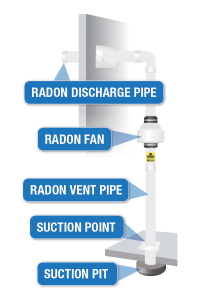
Mitigate
(The process for reducing radon levels in your home):
Radon comes up from the ground and enters your home through cracks, gaps and perforations in your building envelope where your home is in direct contact with the ground. Where outside radon levels are diluted, inside buildings, radon can build up to those harmful concentrated levels.
Sealing obvious gaps, installing specialized fittings on plumbing components, ensuring your sump pit is properly sealed can all be parts of a comprehensive radon mitigation service and can be discussed with one of our radon professionals at a free home assessment.
The primary fix is having us install an Active Soil Depressurization (ASD) system. This system a negative pressure field beneath your building envelope. If you have elevated levels of radon it is because you have positive pressure into your basement, drawing in the radon gas by whatever means it can find. The ASD system bypasses all band aid fixes and creates an environment where gasses from beneath you building envelope will be drawn into a forced air system and vented directly outside without trying to enter your home. If this were to be put in an analogy related to Winnipeg, the ASD system is the floodway approach vs. sandbags for preventing your home from flooding. The related studies also strongly support this method of radon mitigation for fixing the health risk in your home.
Steps to follow when looking to have your home mitigated.
As per the list for this provided by the third party site of the C-NRPP with whom we are a certified professional in both measurement and mitigation.
When you are contacting a professional to help you. Here are some questions you should ask:
Proof of past work.
We are certified through the C-NRPP which necessitated a mentorship process involving the completion of a successful radon mitigation project.
A plan and schedule for the work to be done.
Proof of C-NRPP Certification.
When do they plan to do an onsite inspection of your home.
Do they have liability insurance.
yes
What steps they do as part of the ‘Communication Testing’ or diagnostics prior to installing a full system; they should have a clear plan on how they design and plan to install your system.
Do they charge a separate rate for diagnostic testing.
Diagnostic testing is included in the mitigation cost as we do not see how we could do a conscientious mitigation without first performing the diagnostic testing.

